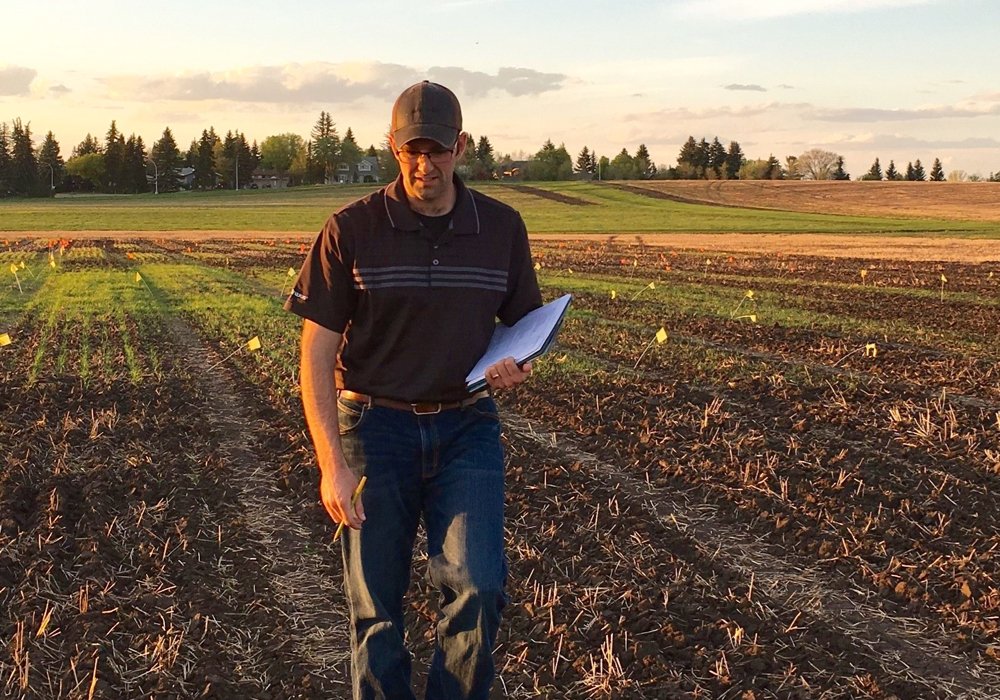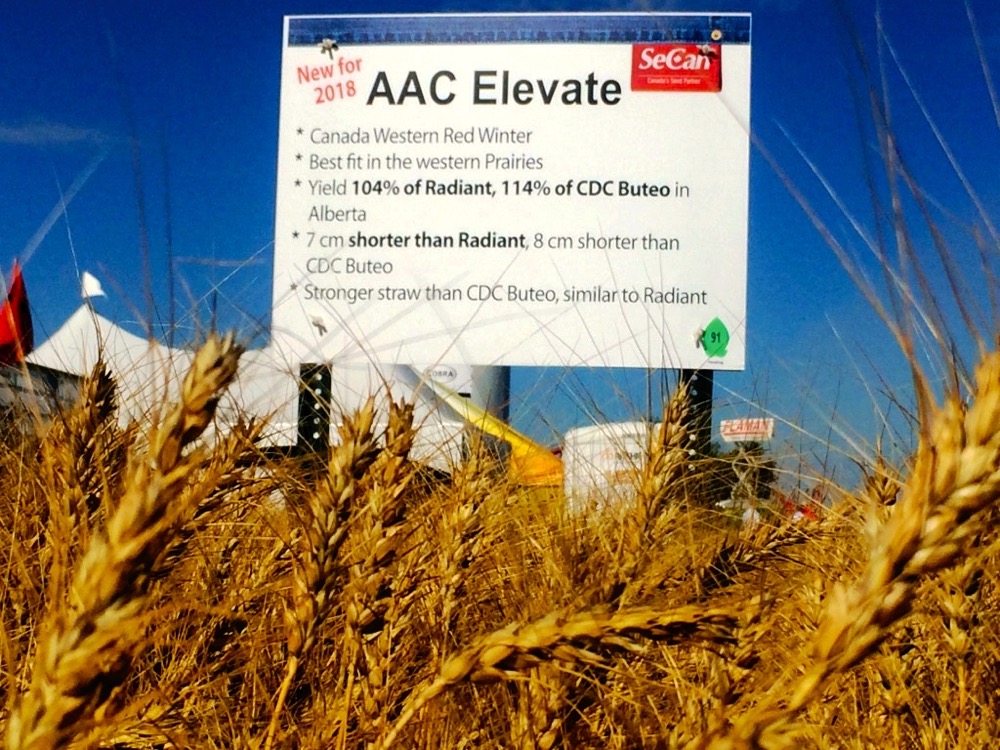Helping customers make wise buying decisions is an important part of customer service. This is especially true when buyers are purchasing significant quantities of a commodity produced thousands of kilometres away — like wheat grown in Western Canada for example.
For over 10 years, Cigi (Canadian International Grains Institute) has completed an annual harvest assessment, providing farmers, grain handlers, and customers of western Canadian wheat with information on the quality and characteristics of each year’s new crop. This collaborative effort involving farmers, grain companies, and Cigi is Canadian customer service at its best.
Read Also

Producers aren’t panicking over tariffs and trade threats
The influence of tariff and trade uncertainity on farm business decisions.
Cigi collects representative samples from the major grain handlers from several regions across the Prairies — defined mainly by transportation routes as well as by climate and soil types — to determine information such as protein content, milling and flour properties, and the end-use suitability typical for each wheat class.
“We ask the grain companies to compile the samples together so that they are representative of not necessarily just one producer’s farm, but rather, what the quality in that region looks like,” says Rex Newkirk, Cigi vice-president for research and innovation. “It’s what allows us to provide quality information that’s as relevant as we can get on what the crop looks like from a commercial perspective.”
- More on Country Guide: A faster start: Cigi takes on early-generation testing in support of new wheat varieties

When Cigi receives the samples from the grain companies, technical staff then create composite samples to ensure the analysis is representative of what will be shipped from each region.
“After a company from one of the regions has submitted samples, we’ll take a portion of its wheat samples and blend it with portions of other companies’ samples to make a composite sample,” says Elaine Sopiwnyk, director of science and innovation at Cigi.
The composite samples then undergo extensive testing to detail the characteristics of the crop.
“On the wheat, we measure protein, ash, falling number, kernel hardness and milling yields,” Sopiwnyk says. The wheat is milled at Cigi and the flour is analyzed for protein, wet gluten content, starch damage, colour and rheological properties using the farinograph, alveograph and extensograph.
Newkirk says that in addition to these tests, Cigi uses its facilities in baking, noodle and pasta processing to develop end products with the composite samples. Cigi technical staff can simulate the processes used in small- and large-scale commercial facilities around the world to ensure that the information gained is as relevant as possible to potential wheat buyers.
Cigi compiles information for the top classes of Canadian wheat and for downgraded material as well, adds Newkirk. “We look specifically at things like how to use downgraded material. Not only do we want quality information on the top grades, but we need to understand the quality of the downgraded material so that we can advise customers on how to best make use of it should there be a significant amount.”
After the tests are complete and the information is analyzed, Cigi prepares presentations and brochures that are used to inform both domestic and international audiences about the new crop.
“Customers are trying to make wise buying decisions, but without good data, this is difficult,” says Newkirk. “So this harvest assessment gives them as much information as possible so that the customer can make those buying decisions and get that grain off the Prairies. Customers have many options. Why would you buy from Canada if you aren’t aware of the quality? Wheat buyers need that information.”
In the fall, Cigi embarks on new crop missions around the world, making presentations on the results in order to develop international markets for Western Canadian wheat. With the information from this year’s crop, Cigi’s technical staff will be going to Asia, South America, Europe, the Middle East and North Africa.
“It’s a major undertaking for us,” says Newkirk, “and it’s a really important service for farmers, for the industry and for buyers.”















